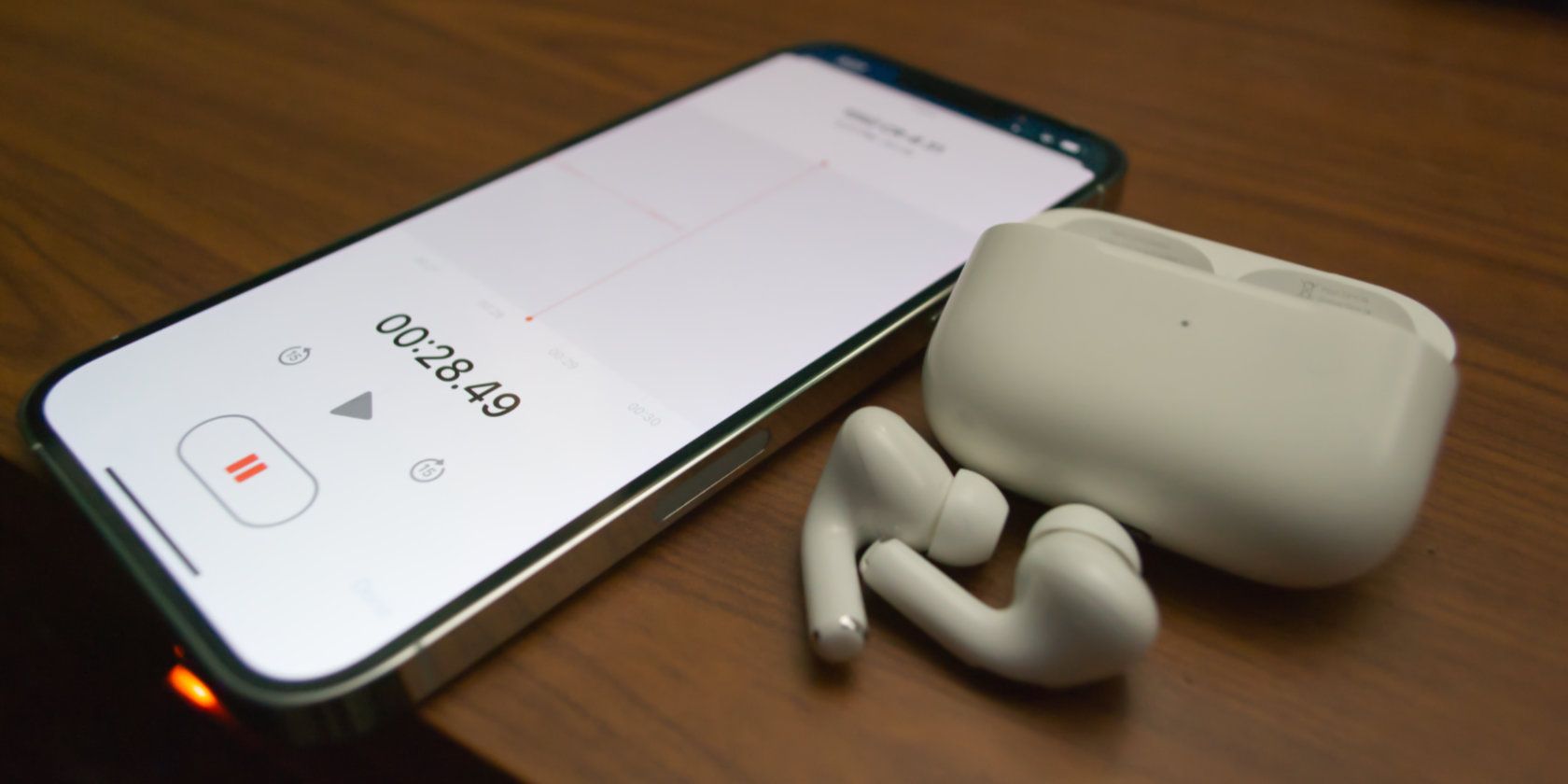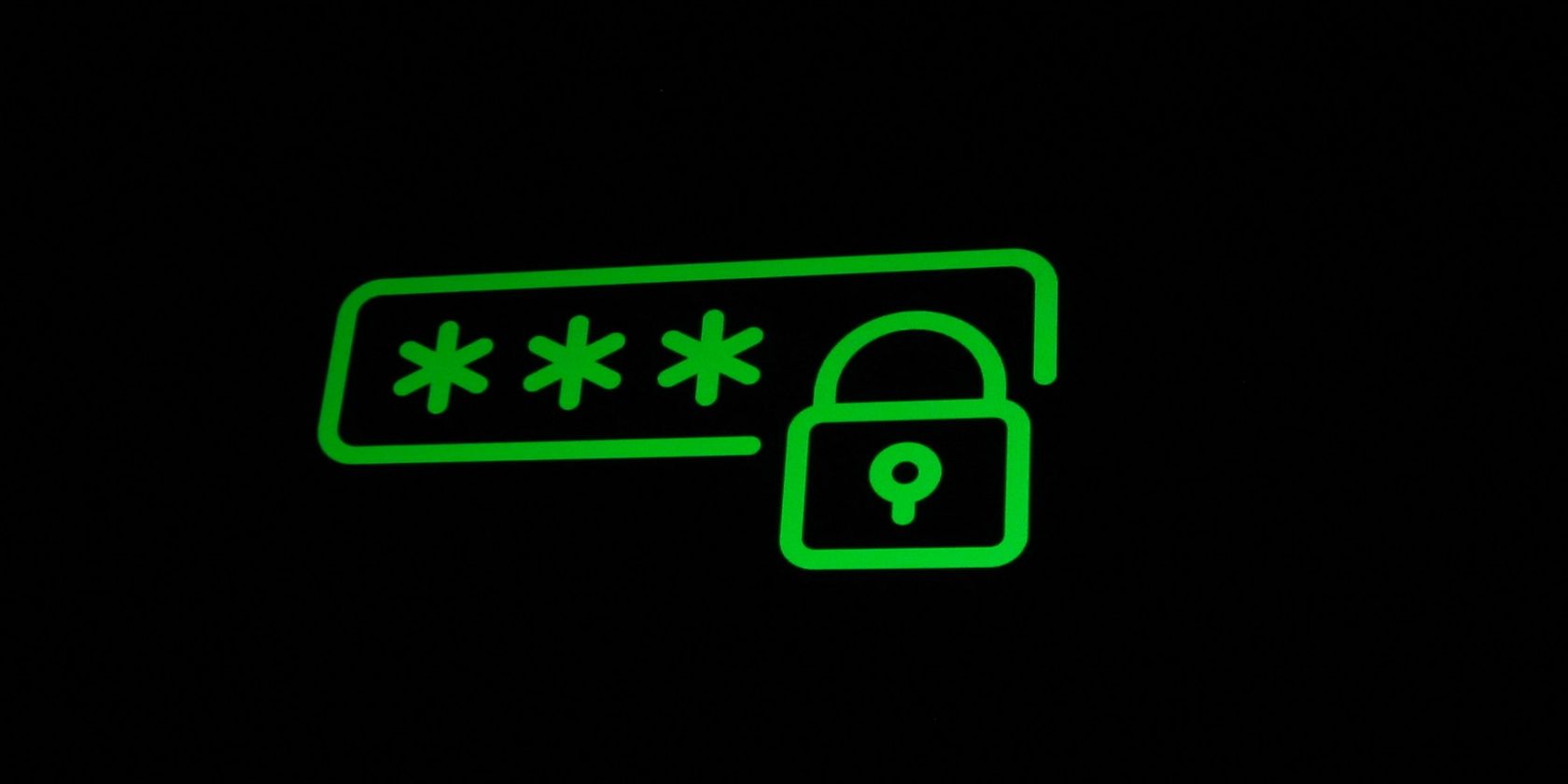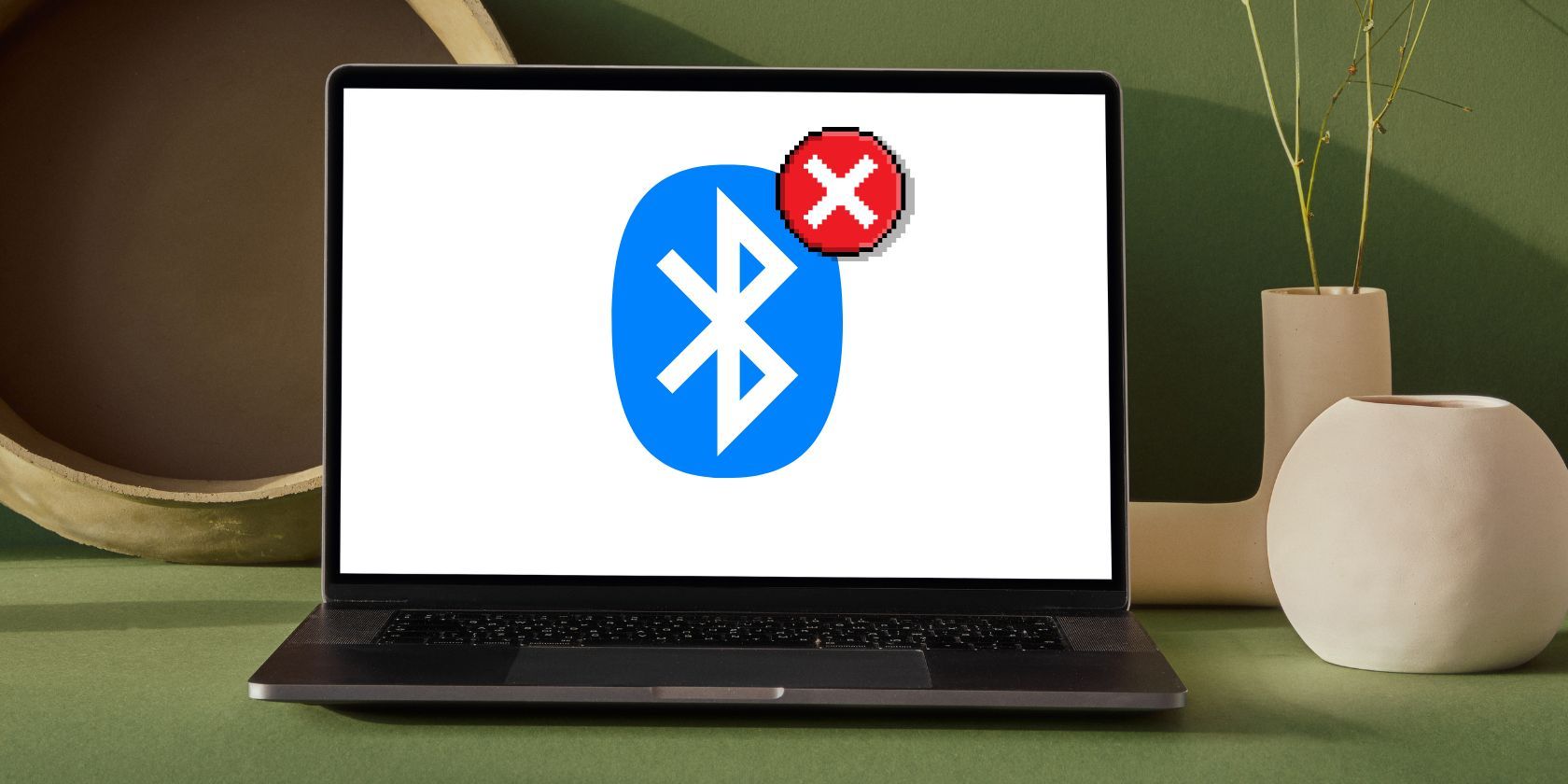Do you often leave Bluetooth turned ON on your devices? If yes, your devices are vulnerable to malicious bluebugging attacks.
Bluebugging is Bluetooth hacking that allows someone to access your phone without your knowledge. They can use your phone to make calls, send texts, and access your personal information. This can be a serious security risk, especially if you use a mobile device to store sensitive data. The good news is that there are several steps you can take to protect yourself from bluebugging.
So, what is bluebugging, how is it conducted, and how can you stay safe from it?
What Is Bluebugging?
Bluebugging is a type of malicious attack that allows hackers to gain access to your Bluetooth-enabled devices. It can target devices such as phones, tablets, laptops, and even earphones, speakers, and smartwatches.
Bluebugging is conducted by exploiting a security flaw in the Bluetooth protocol. In order for an attacker to successfully execute a bluebugging attack, they must be within close range of the target device (usually within 10 m). Once within range, the hacker can use specialized software and hardware tools to scan for and identify vulnerable Bluetooth devices.
Once the hacker has access to your device, they can gain access to your personal information, eavesdrop on or tape phone calls, and even control your device remotely. Through Bluebugging, the attacker can also install a backdoor on the device for accessing it anytime in the future.
How Is Bluebugging Different from Bluejacking and Bluesnarfing?
While bluebugging may share some similarities with other Bluetooth attacks, like bluejacking and bluesnarfing, they are not the same.
Bluejacking is when someone sends you an unsolicited text message using Bluetooth. It’s more of an annoyance than a real security threat. The hacker can't gain access to your device, but they can send messages that contain links to malicious sites.
Bluesnarfing is a more serious threat than bluejacking, as it allows the attacker to gain access to your device and steal data. Unlike bluebugging, bluesnarfing doesn't require any special tools or knowledge; all the attacker needs is access to your Bluetooth-enabled device. Also, bluebugging allows you to take control of the device in the future because of the backdoor, while bluesnarfing is not permanent.
How Is Bluebugging Conducted?
Bluebugging is carefully planned and conducted by taking advantage of a security loophole in the Bluetooth protocol. The hacker scans for devices with Bluetooth enabled and then uses specialized tools to gain access to them. Here are the steps in which Bluebugging is conducted:
Step 1: Attacker Scans for Bluetooth Devices
First, the attacker will scan for Bluetooth-enabled devices in the vicinity. They can use specialized software to do this or simply manually search for devices.
Step 2: The Attacker Tries to Connect to Your Device
Once they find your device, they will try to connect to it and gain access. They may be able to do this using a default PIN or by using specialized tools to crack the device's Bluetooth security protocols.
Step 3: Attacker Gains Access to Your Device
Now, the attacker gets access to your device and can manipulate it in various ways. They can intercept sensitive data, download malware, or even take control of the device remotely.
Step 4: Install a Backdoor
Once the attacker is connected to your device, they can then install a backdoor that will allow them to access it anytime in the future. This backdoor will also allow them to control your device remotely and manipulate it as they wish.
How Can Your Device Be Bluebugged?
Your device can be bluebugged in the following ways:
- Bluetooth kept turned on without use: When you turn your Bluetooth on, it broadcasts a signal and makes itself visible to other devices in the vicinity. This is the first step for bluebugging, as attackers can identify vulnerable devices nearby.
-
Leaving default PIN: If you leave the default PIN on your device, attackers can use this to gain access to it. It’s highly recommended to change the default PIN on your device as soon as you get it.
- Using old firmware: Outdated firmware can be vulnerable to bluebugging, allowing attackers to gain access to your device and manipulate it remotely. Thus, it’s important to keep your devices up to date with the latest firmware.
- Low-security settings: High-security settings are essential to protect your device from bluebugging. Make sure you turn on all the available security features and use a strong password for your device.
How Can You Protect Yourself From Bluebugging?
Thankfully, there are several steps you can take to protect yourself from bluebugging.
-
Turn off the Bluetooth when not in use: To start, make sure that your Bluetooth is always turned off when not in use and set it to the non-discoverable mode when you don't need it. This will limit the chance of an attacker being able to find and connect to your device.
- Update your device's software: Update your device's software regularly. As a result, any vulnerabilities in the Bluetooth protocol will be closed off and harder to exploit.
- Update your Bluetooth passwords: Finally, ensure your device's passwords are always up-to-date and secure. If you're using an older version of Bluetooth, consider upgrading to a newer version that supports stronger encryption protocols.
- Remove all the paired devices you don't need: If you have any devices that are no longer in use, make sure to remove them from the list of paired devices on your device. This will help ensure that attackers can't access these devices and use them as an entry point into your system.
- Turn off the "Auto join" option: Some Bluetooth-enabled devices have an auto-join option that will automatically connect to a nearby device. Ensure this is turned off, as it can make you vulnerable to an attack.
- Use a Virtual Private Network (VPN): Whenever possible, use a VPN when accessing public Wi-Fi networks. This will help encrypt your data and make it harder for attackers to intercept it.
Stay Safe From Bluebugging
Bluebugging is a serious security risk, but by following the precautionary measures, you can help reduce the risk. Make sure that your Bluetooth settings are always secure and updated, use a VPN when connecting to public Wi-Fi networks, and remove any paired devices that you no longer need. By taking these precautions, you can stay safe from bluebugging and other Bluetooth attacks.




